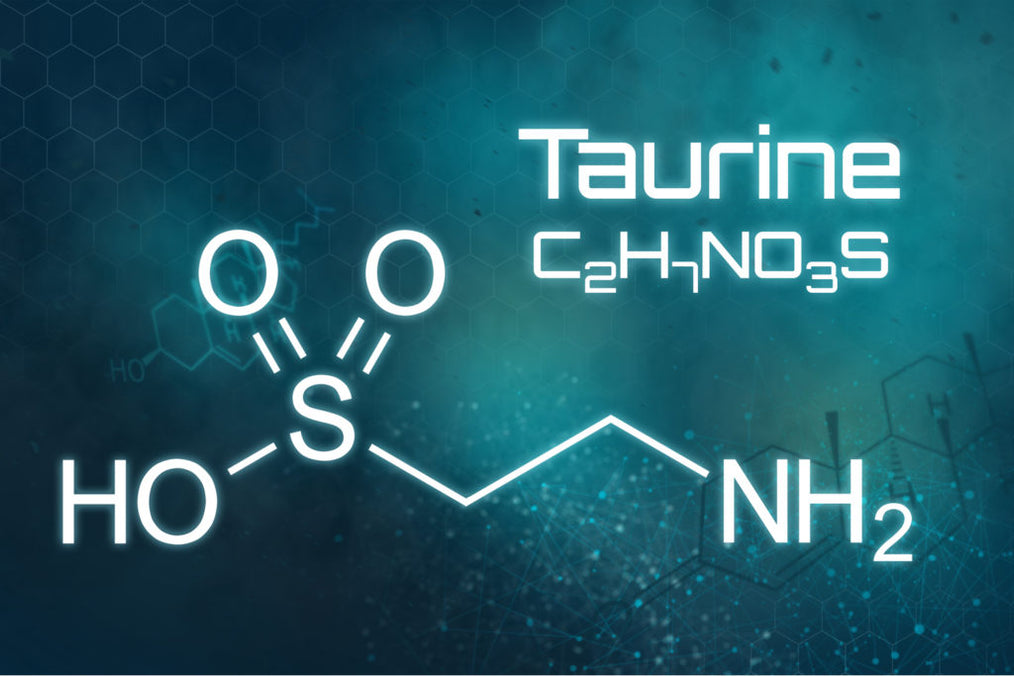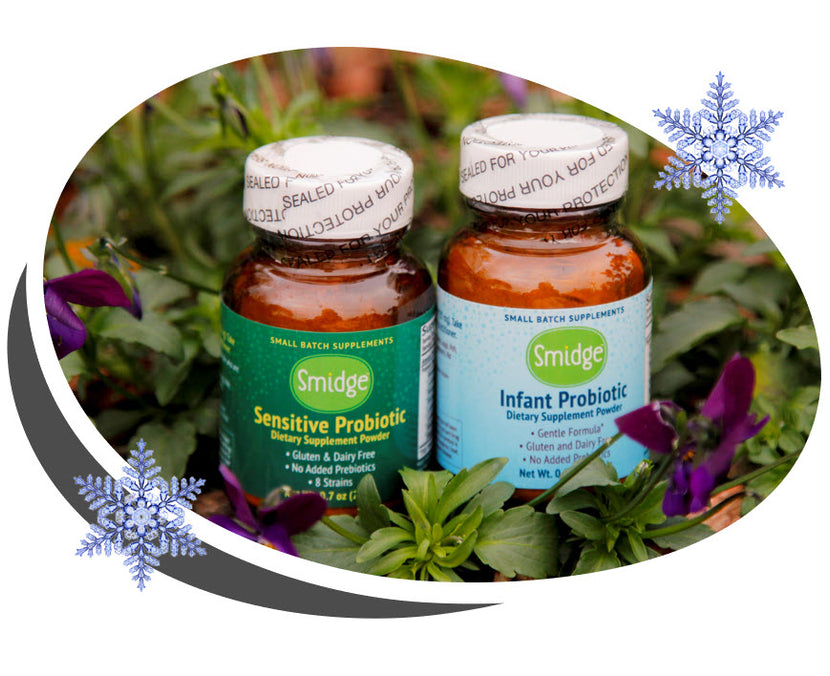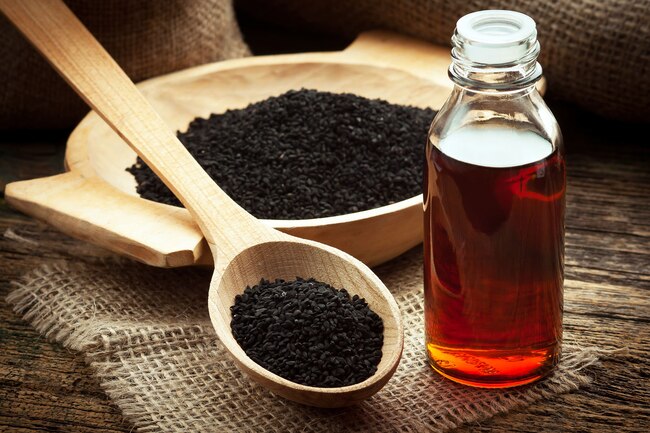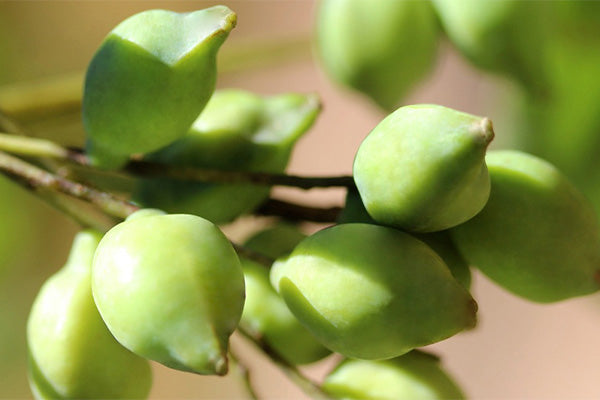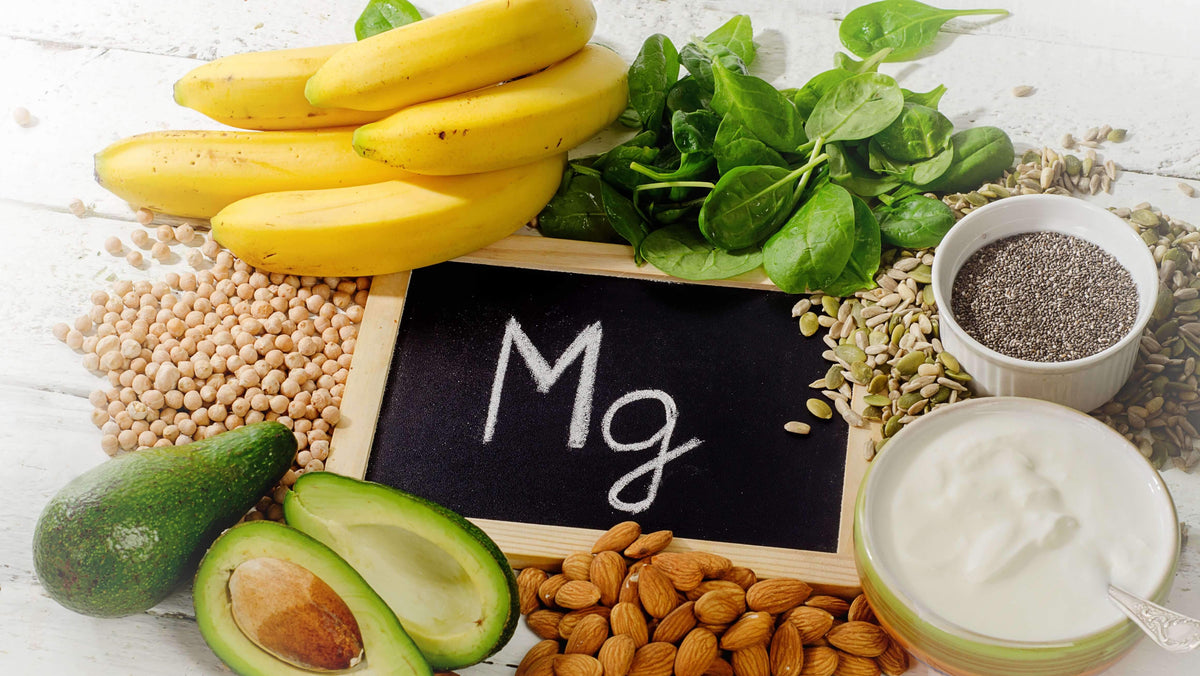The Benefits of Taurine
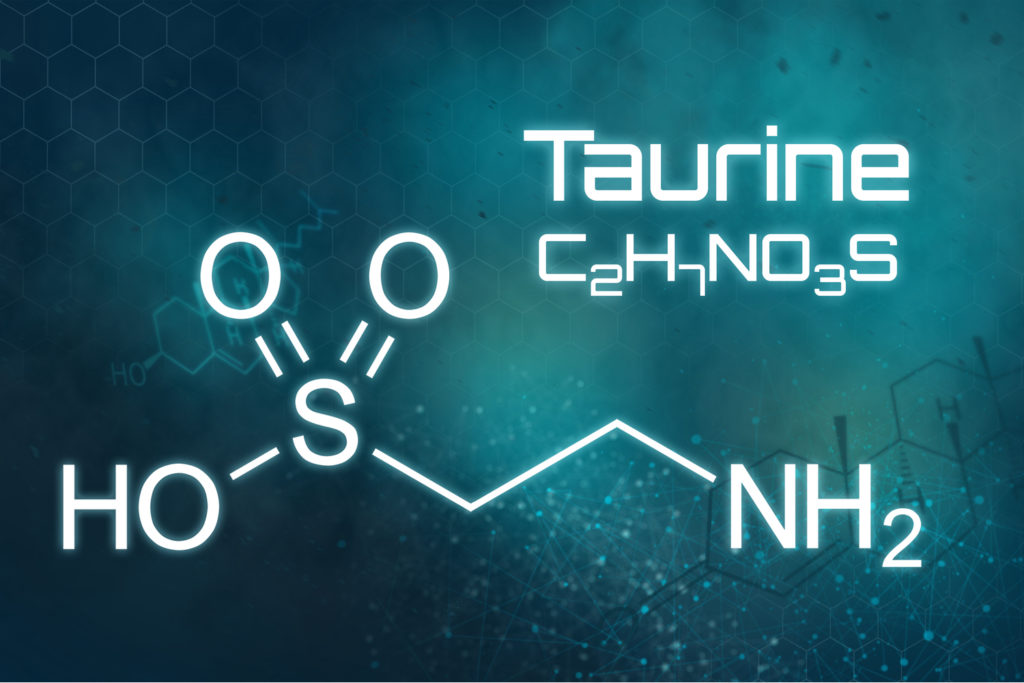
Taurine Plays Major Roles in the Body
Current research describes taurine as a primary nutrient. It controls muscle metabolism and much more. It also stabilizes cell membranes, and has antioxidant and anti-inflammatory actions. Therefore, it plays many biological roles, including conjugation of bile acids, helps maintain fluid homeostasis, stabilizes cell membrane, and manages calcium signaling. It’s essential for cardiovascular function, the development and function of skeletal muscles, the retina, and the central nervous system. Few other nutrients do so much!
Most amino acid compounds contain both an amino and a carboxyl group. Taurine is termed an amino acid because it’s an acid containing an amino group. Yet, it’s not an amino acid in the usual biochemical sense. Additionally, it’s an unusual chemical because it is one of few amino groups containing sulfonic acid, which are stronger than carboxylic acids.
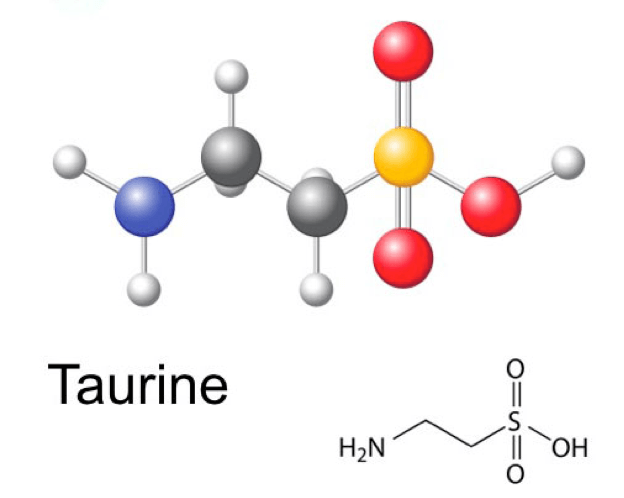
Taurine is a potent antioxidant. Yet, researchers found that it is neither a classical free radical scavenger nor a regulator of antioxidant defenses. It serves as a regulator of mitochondrial protein synthesis for protecting mitochondria from superoxide generation. (Jong, Azuma, & Schaffer, 2012) In additon, taurine’s antioxidant effects can protect against age-related lipid peroxidation. (Yildirim & Kilic, 2011)
It’s also essential for energy production, which is why energy drinks contain taurine. Energy drinks can have up to 2,000 mg. The combination of ginseng and taurine in some energy drinks may offer synergistic benefits. Cognitive performance is improved when it is combined with caffeine, also common in energy drinks. (Valle et al., 2017)
Taurine benefits
Taurine deficiency may be more common than expected. Low taurine levels in the body are associated with retinal degeneration, growth retardation, and cardiovascular disease. When low, it decreases ATP generation up to 25%. It also reduces respiratory function and contributes to the severity of cardiomyopathy. (Schaffer, Jong, Shetewy, Ramila, & Ito, 2017)
Symptoms of Deficiency
- Persistent fatigue
- Brain fog
- Depression
- Impaired vision
- Unexplained weight gain
- Reduced post-exercise recovery
- Low thyroid gland function
Taurine plays a role in eye health by exerting a protective effect on the retina. Therefore, dietary supplementation with taurine reduces the damaging effects of diabetes on the retina. Additionally, this amino acid is useful for age-related degenerative vision changes.
Top 20 Taurine benefits
- Prevents cataracts (Choudhary & Bodakhe, 2016)
- Reduces oxidative stress caused by diabetes (Patel & Lau-Cam, 2017)
- Limits complications of diabetes (Ito, Schaffer, & Azuma, 2012)
- Reverses cardiovascular risk factors
- Reduces atrial fibrillation
- Treats fatty liver
- Alleviates seizures
- Reverses tinnitus
- Fights obesity
- Lowers inflammation
- Lowers cholesterol
- Improves kidney function
- Decreases blood pressure (Liang et al., 2017)
- Lowers homocysteine
- Helps muscles work harder and longer
- Enhances bone remodeling (Choi, 2009)
- Prevents age-related vision loss
- Protective effects in brain injury (Wang et al., 2016)
- Improves memory
- Delays muscle atrophy during aging (De Luca, Pierno, & Camerino, 2015)
Some of the amino acid is made in your body, but most comes from food, especially meats and seafood. But unfortunately, the modern high sugar processed food diet is deficient. Therefore, borderline low levels of taurine are relatively common.
Dietary Sources of Taurine
- Fish
- Beef
- Lamb
- Dark chicken meat
- Eggs
- Dairy products
- Sea algae
- Krill oil
Because this amino acid mainly occurs in animal foods, vegetarians are at risk for a deficiency. A study in 1988, found that strict vegetarians had a significantly lower plasma and urinary levels of taurine. (Laidlaw, Shultz, Cecchino, & Kopple, 1988) A 2004 study also suggests that it is an important supplement for a low-fat vegan diet. (McCarty, 2017)
Veterinary scientists have researched taurine deficiency extensively. For example, some animals, like cats, don’t make taurine and all of it has to come from what they eat. Unfortunately, this amino acid is low in processed pet foods. (Tôrres, Backus, Fascetti, & Rogers, 2003)
Taurine deficiency is shown in non-vegan diets absent in meat and seafood. Furthermore, this type of deficiency may occur in plant-based diets that replaced red meat with chicken.
Since methionine and cysteine are precursors of taurine, diets low in these amino acids can result in a deficiency. In addition, not enough vitamins A, B12, pyridoxal-5-phosphate, and zinc is associated with low taurine. Candida albicans overgrowth causes overproduction of beta-alanine that competes with taurine resorption. Consequently, this results in excessive excretion of the amino acid in the urine.
Factors That Effect Taurine Utilization
Cysteine sulfinic decarboxylase (CSD) is the rate-limiting enzyme involved in the biosynthesis of taurine. CSD activity can be suppressed by triiodothyronine and estrogen. (Kaisaki, Jerkins, Goodspeed, Steele, & Kaisakia, 1995) Women using hormone replacement benefit from such supplementation. CSD deficiency may play a role in the development of fatty liver disease. (Kerr et al., 2014)
The Best Way to Supplement
If you suspect a taurine deficiency in your patient, test levels in urine or plasma. Standard reference laboratories like LabCorp or Quest Diagnostics test taurine as part of amino acid profiles. Since it also serves as a neurotransmitter, I often use Pharmasan Labs’ expanded NeuroScreen.
If deficient, add taurine-rich foods and prescribe taurine supplements. Daily supplementation ranges from 500 to 2,000 mg. Dosages up to 3,000 mg daily are required to treat obesity. Higher dosages, up to 4,000 mg daily, are necessary for correcting moderate deficiency states. Hence, medical conditions associated with a severe deficiency may require higher dosages.
Taurine synergizes with coenzyme Q10, vitamins A and E, selenium, and magnesium. So, be sure you get enough of these nutrients when using supplements. Magnesium taurate supplements help with migraine headaches, morning sickness during pregnancy, and preventing cataracts. (Iezhitsa et al., 2016) Vitamin B12 deficiency is also associated with reduced taurine production in the liver. Therefore, assuring B12 sufficiency promotes taurine metabolism. (Roman-garcia et al., 2014) In addition, supplementing also with bile acids may help reverse fatty liver disease.
Synergistic Nutrients
- Bile Salts
- Coenzyme Q10
- Vitamin A
- Vitamin B12
- Magnesium
- Vitamin E
- Selenium
Intravenous Treatment & Safety
Some conditions require high dosages, and benefit from intravenous taurine. These conditions include retinal disease, cardiomyopathy, reduces inflammation associated with liver injury. (Liu et al., 2017) Also, researchers have found that taurine levels in plasma, red blood cells, and lymphocytes, and in urine improved after such treatment. (Kopple, Vinton, Laidlaw, & Ament, 1990)
IV taurine is typically administered as part of a cocktail of amino acids and antioxidant nutrients. Typical dosages for IV taurine range from 200 mg to 1,000 mg. Yet, researchers found that even 5,000 mg per infusion caused no toxic effects. (Ghandforoush-Sattari, Mashayekhi, Krishna, Thompson, & Routledge, 2010)
Taurine is considered safe and without adverse effects when administered in recommended amounts. Yet, some deaths in European athletes and manic episodes among bipolar patients were linked to over-consumption of energy drinks containing caffeine and taurine. Similarly, there have been some reports that too much oral taurine, especially when combined with magnesium, may cause diarrhea.
In conclusion, consider taurine supplementation as part of your wellness and anti-aging plan.
Source: Dr. J.E. Williams 6th October 2017
